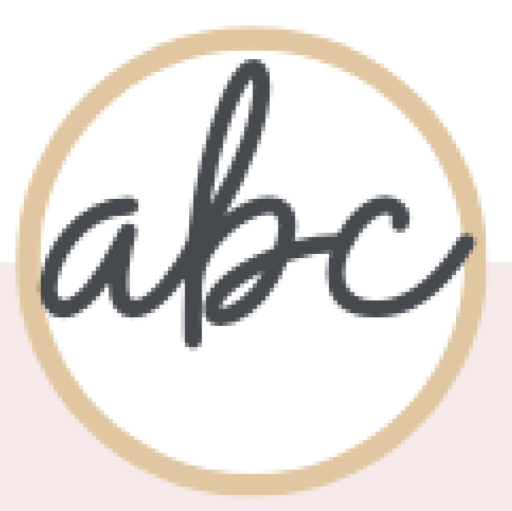Scaffolding, also called scaffold or staging,[2] is a temporary structure used to support a work crew and materials to aid in the construction, maintenance and repair of buildings, bridges and all other human-made structures. Scaffolds are widely used on site to get access to heights and areas that would be otherwise hard to get to. (Wikipedia, 2024.)
As an Educational Designer, and a facilitator of learning, my goal is to provide opportunities for all learners to be successful in reaching their individual potential. To help set every learner up for a successful learning experience, I assume nothing and teach everything. I provide background knowledge, context, and explicitly define terminology, and vocabulary before launching learners into the materials to extend their learning.
There’s an art to delivering complex and abstract concepts into simple and concrete experiences. Thoughtfully designed instructional delivery models ensure all learners have access to understand and engage with essential information. When we examine the Common Core State Standards, teaching methods, materials, and assessments are not outlined. This provides us with an opportunity to create multiple pathways to meet the same destination by providing students with options. It is important to take our time to work through our instructional materials with a sensory and experiential lens by putting ourselves in the learner’s seat.

As facilitators of learning, our job is to create a buffet filled with a variety of resources, strategies, and tools. The learners build their own customized plates full of relevant and accessible resources, strategies, and tools for personal skill-building. This ensures that the ownership and responsibility of learning is on the learner – by giving them choices in what and how they absorb and engage with information.
An educational designer must be cognizant of the ultimate objective of the lesson. What is the essential skill/concept that is the primary focus of this particular lesson? Will we be introducing, reviewing, practicing, and/or mastering that skill/concept in this lesson? It is easy to get overzealous in trying to incorporate a variety of skills/concepts in one lesson – but when we do this, our learners can lose focus on the essential skill.
We also need to know how to provide appropriate scaffolds – by providing bite-size mini-concepts to help slowly build up to the ultimate skill/concept. Asking, “What are the pre-requisite skills needed to understand, explore, and apply the essential skill?” is a vital step in designing effective learning experiences and knowing what materials to prepare and present for the learners to explore. By providing multiple checks for understanding throughout the lesson, the educational designer knows when to provide these scaffolds.
When I look at each of the resources/materials, I ask the question, “What assumptions are being made about who (and how) people can access this material?” For example, the reading material – what is the length of the article/chapter/book, is it available in other languages, is it available in an audible format, braille, etc. for videos – is closed captioning available, are other languages available, for movement activities, what modifications could be offered for less mobile learners, etc.
I also consider, “How can I ensure all learners are personally being challenged?“. I provide multiple resources for a variety of entry points – we call this “challenge by choice”. I also ask “Will these resources continue to challenge or stretch the learning for those who are coming into this lesson with a lot of context, background, and skills?”
Once I know what materials I will be presenting, I then consider how to organize the presentation of the materials. I try to think through how I want the learner to experience and explore the materials – what are they going to see, hear, feel, taste, smell, etc. Visually, I aim to create the presentation of materials to be appealing, digestible, and inspiring. I consider the length, density, navigation, graphics, etc. To represent materials in a universally accessible format, we need to be as clear, simple, and concise as possible. Once we’ve intrigued the learner into wanting to dig deeper into the materials, we then turn our attention to incorporating a variety of ways learners will engage with the materials through reading, writing, drawing, recording, listening, watching, talking, moving, etc.
Let’s build skyscrapers together! Creating passionate life long learners with limitless potential.
Access_AC_3_23_24 by Alison Celmer
